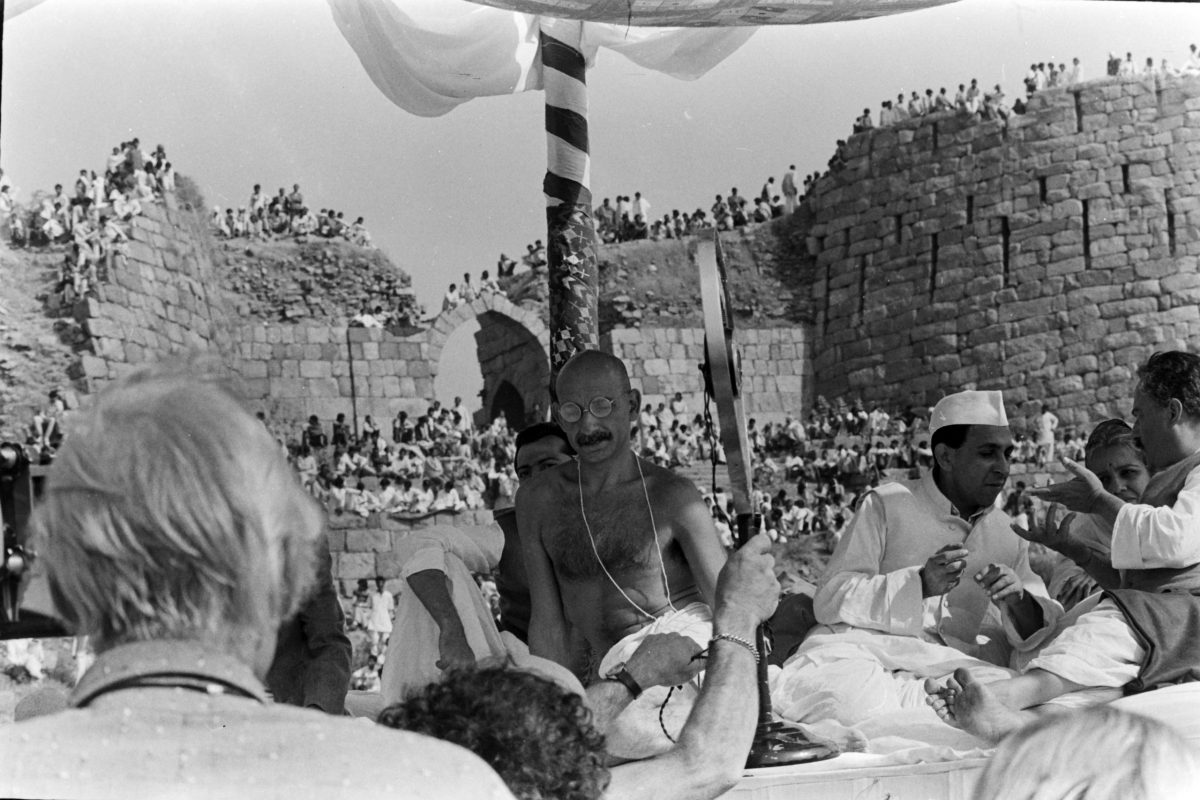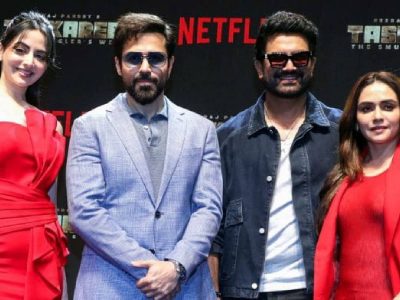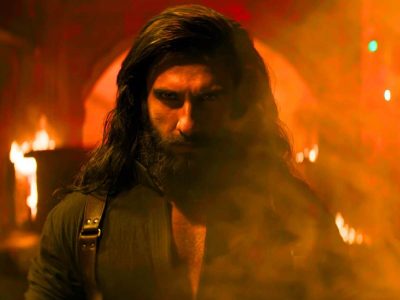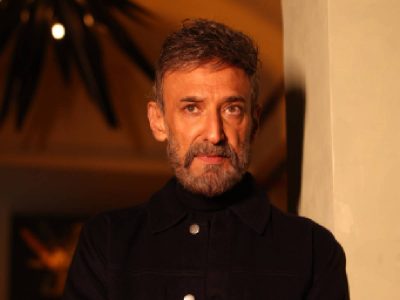IT professional Ashok Pipal gets nostalgic whenever he moves close to Tees January Marg or Krishna Menon Marg. Reason: He was part of the funeral procession scene of the film Gandhi that was shot at Birla House in 1980.
The 1982 blockbuster, which won eight Oscar awards, was in the news recently after Prime Minister Narendra Modi attributed Gandhi’s worldwide popularity only to it, sparking a controversy.
Richard Attenborough, the director of Gandhi, drew inspiration from the biography of the father of the nation, The Life of Mahatma, penned by Louis Fischer. It is unlikely he would have made the film if he hadn’t read the biography.
Also read: The mango that eluded Ghalib in Delhi
A large number of students from various colleges of Delhi were present to bring the scene of Gandhi’s assassination to life at the Birla House at Tees January Marg.
Among them was Pipal, then a student at Jawaharlal Nehru University.
He recalls that before the shooting, a woman was cutting the hair of those participating in the assassination scene to ensure their hair wasn’t exposed once they wore a hat. Each member of the crowd was paid Rs 75 per day.
Fischer began his biography of Gandhi with the event of his assassination.
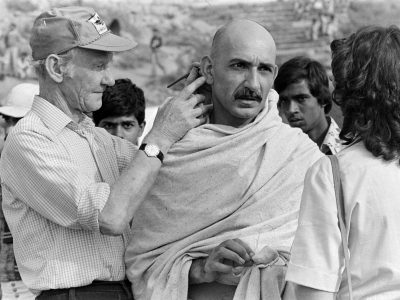
Some scenes of the film were also shot at the Daryaganj Police Station and the Anglo Arabic School.
“The scene of Jallianwala Bagh massacre was shot at the Anglo Arabic School ground. I still remember vividly that a huge set was erected more than 15 days before the shooting,” says Virender Wadhwa, who was then teaching at the Zakir Hussain Delhi College.
Ben Kingsley, who played Gandhi, told this writer at the Meridian Hotel in Delhi in 1991, “Before undertaking the role in Gandhi, I read Louis Fischer’s biography of Bapu several times. It was through that book that I understood Bapu and his principles of truth and non-violence. It is perhaps why I was able to do justice to the character.”
English poet and writer Anil Saari was also present during that interview.
The groundwork for Gandhi’s biography, and thereby the film, began in 1946. Fischer, the American writer, arrived in Delhi on June 25, 1946. After landing at Safdarjung Airport, he immediately took a taxi to the Imperial Hotel on Janpath (then Queen’s Way). Palam Airport was yet to be built, and the Indira Gandhi International Airport was decades away. He was in a hurry. After leaving his luggage at the Imperial Hotel, he left for Mandir Marg, eager to meet Gandhi at the Valmiki Temple as he was writing Bapu’s biography.
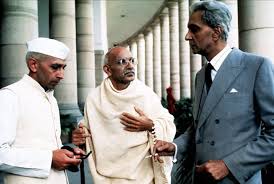
Fischer reached Valmiki Temple at around 5 pm. It wouldn’t have taken him more than 15 minutes to get there from Janpath. Delhi’s roads back then didn’t have the traffic we see today. Upon arrival, he also found Jawaharlal Nehru and several others there.
Moments later, Gandhi emerged from his room at the temple, where he was living. Gandhi recognised him instantly. They had previously met in Ahmedabad, and shared a cordial relationship. He enquired about Fischer’s well-being. Fischer mentions all this in The Life of Mahatma.
Fischer’s tryst with leaders
Fischer began meeting Gandhi every day in Delhi for an hour. He also visited Maulana Azad’s residence at King Edward Road (now Maulana Azad Road). He sought to understand Gandhi’s personality from Maulana Azad. Fischer, already a renowned author worldwide for his biographies of Lenin and Hitler, also met Acharya Kripalani, Rajendra Prasad, and Bapu’s personal doctor, Dr Sushila Nayyar, while in Delhi.
Fischer relied on taxis to travel around Delhi for his meetings.
He was also scheduled to meet Mohammad Ali Jinnah at his residence on 10, Aurangzeb Road (now Dr APJ Abdul Kalam Road). Jinnah had invited him at 10:30 am. He left his hotel for Jinnah’s residence in a taxi. But the taxi started malfunctioning shortly after setting off. Despite the Sikh driver’s best efforts, the situation remained unchanged.
Meanwhile, time was running out for his appointment with Jinnah. He somehow managed to reach Jinnah’s house 35 minutes late in a tonga. Fischer, of course, had gone to discuss Gandhi and Muslim League’s demand for the partition of India. However, Jinnah was visibly irritated by his late arrival.
After a short while, Jinnah declared, “I have to leave.”
Fischer returned to America on July 18, 1946, after his final meeting with Gandhi at the Valmiki Mandir on Mandir Marg. He had spent nearly a month and a half in India, most of it in Delhi. He had collected substantial material on Gandhi during his stay.
Gandhi in cinemas
Gandhi was released at Regal, Kamal and Vivek cinema halls in the Capital. It is a coincidence that all these halls are now shut. The film is considered one of the best films ever made on the life of the father of nation. Suresh Jindal, a renowned filmmaker, who managed the outdoor shooting arrangements for the film in the Capital, passed away in 2022.

